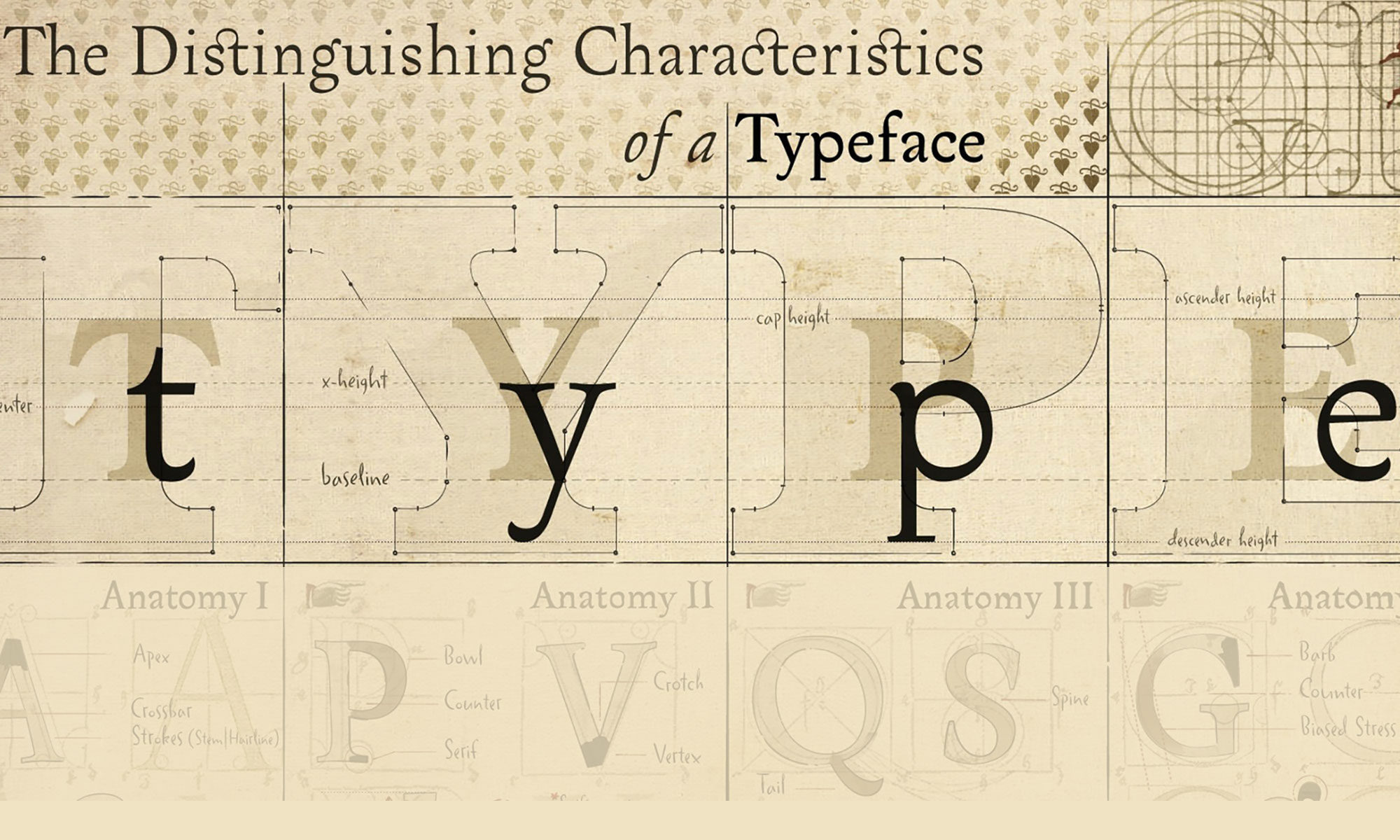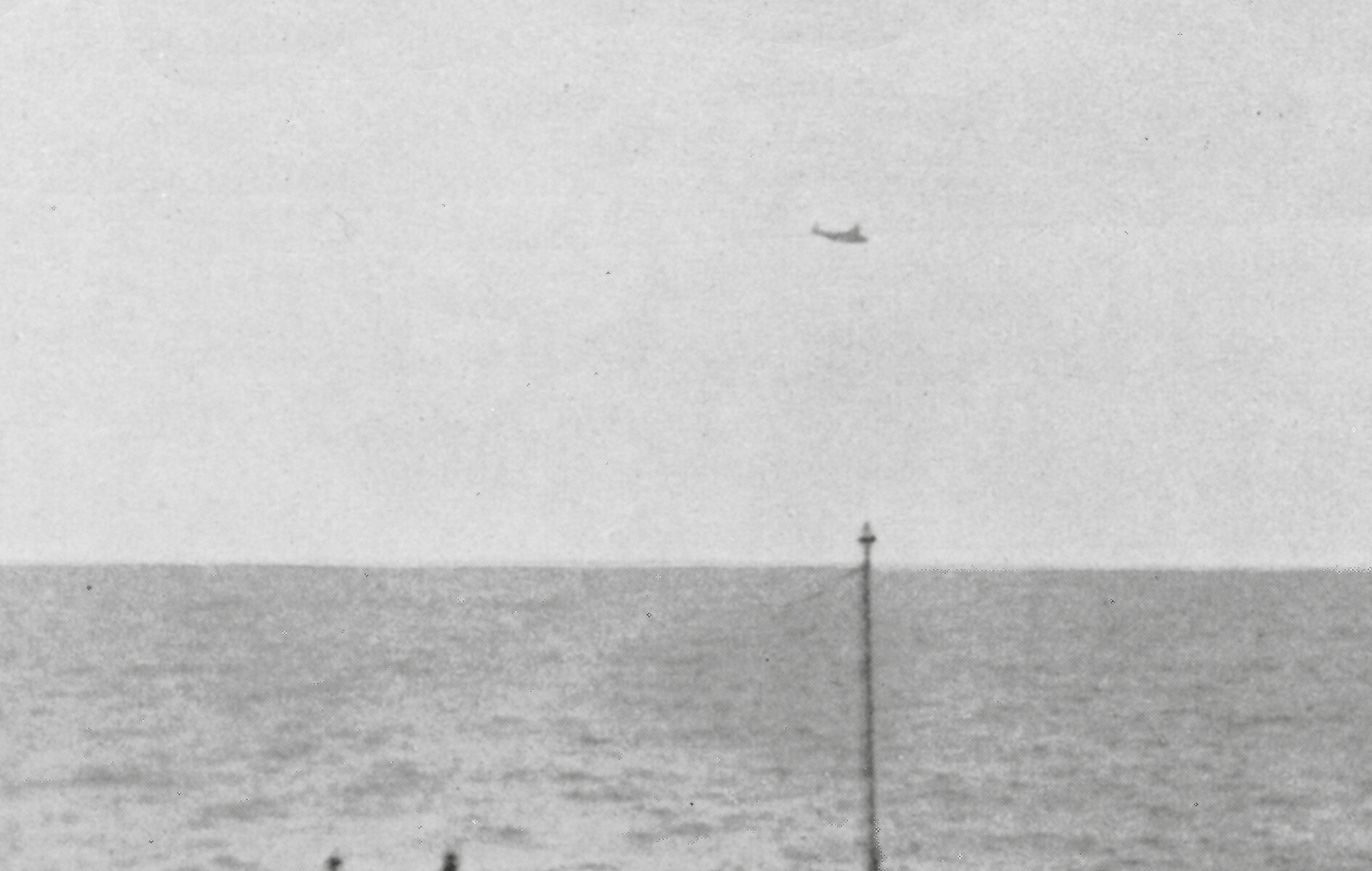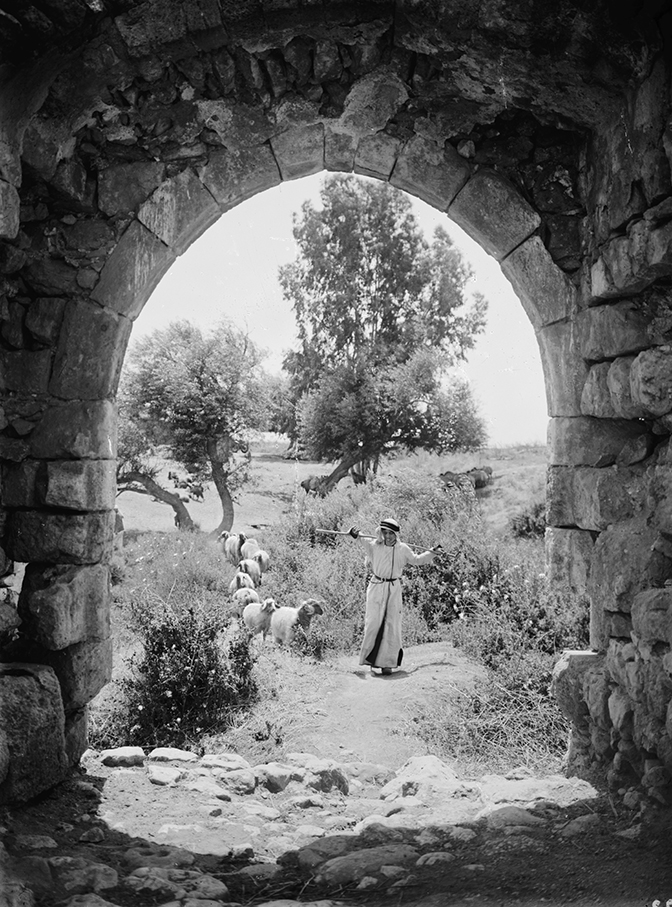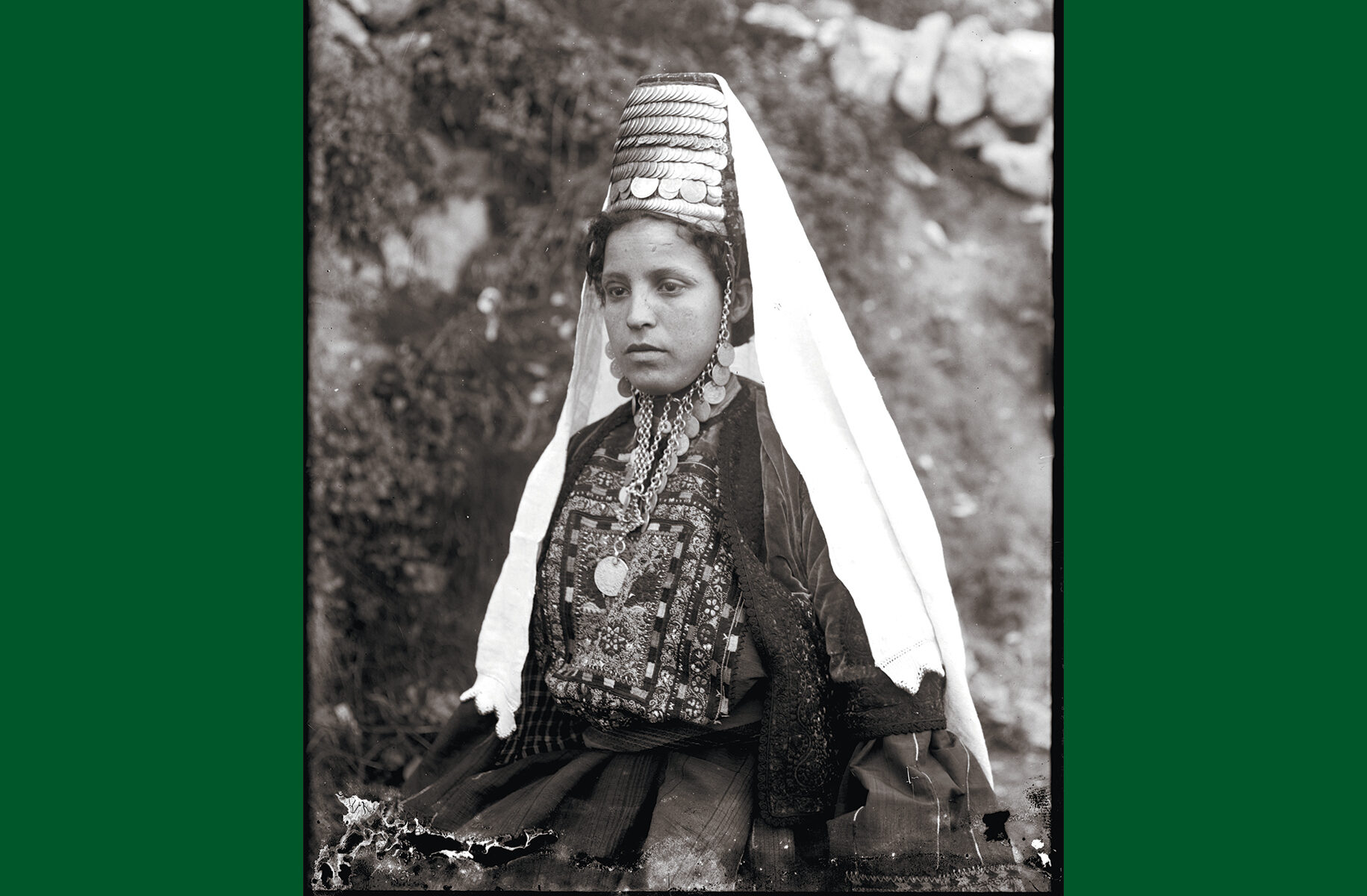Don’t be put off by the title of local author Antony Homyold’s first novel, Salvation (published by Anthony Eyre). It is not a religious tale, although it does have a strong Catholic thread running through it. The book tells the story of Ralph Sebright, who, as a 12-year-old boy in 1940, is traumatized when the ship on which he is being evacuated to Canada is torpedoed and he finds himself in a crowded lifeboat for seven days. He survived, but many hundreds did not, a fact that is to haunt him for the rest of his life.
The rest of the book follows Ralph’s life as he is first sent to Jerusalem on National Service as part of the British peace-keeping force caught between fanatical Jewish settlers, who had been promised their ancient land under the Balfour Declaration of 1917, and the native Palestinian Arab inhabitants. Ralph is wounded in one incident and invalided home before attending Cambridge University where he is drawn to fellow student Mary.
But in this short book of just over 100 pages there is no time to explore any characters in depth and Ralph soon has to choose between developing his relationship with Mary and accepting an exciting posting to Beirut. He decides to return to the Middle East where he renews his friendship with Major Mac, his company commander in Jerusalem. One day he receives a letter from Mary saying that she is going to marry a colleague they both knew at Cambridge. Ralph is devastated, remembering that at their last dinner before he left for Beirut he felt she had expected him to say something and he had missed the opportunity to commit himself.
As time passes, Ralph, now fluent in Arabic, receives several overseas postings and is promoted to Head of the Foreign Office’s Middle Eastern Section. But he feels that something is missing and, after talking to a Catholic priest and later to his old friend Major Mac, he decides to take early retirement and become a priest. Almost 60 when he is ordained, he becomes a parish priest in West London; at the same time he becomes a chaplain to a prison where he gets to know an imam, who also holds services at the prison and introduces him to the Quran, in particular the verses that forbid violence against civilians.
One afternoon he boards a bus for Victoria Station and happens to sit behind a young man speaking Arabic on his mobile. The man sounds agitated and Ralph notices he has a knapsack and is looking at a sheet of Arabic text. Instinct tells him it is a prayer sheet and the man is a jihadist. Acting intuitively, Ralph recites aloud in Arabic one of the verses the Iman has given him and hears the man gasp. Two stops before Victoria the man gets off the bus. It is almost a year after the 7/7 bus bombing. The book ends with Ralph, now over 80, drawn back to Palestine where he has an uncanny encounter with the granddaughter of the woman who treated his wounds in 1947.
Antony Hornyold has written a moving and at times poignant account of the conflicts in the life of his main protagonist and in the Middle East, succinctly outlining tensions that continue to this day.
Malcolm Fare



